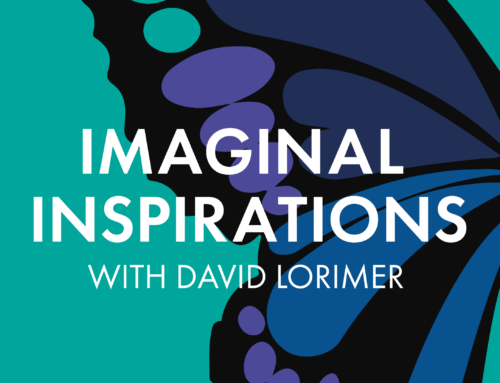Abstract
C. G. Jung devoted much of his life to exploring the dark borderland between psyche and matter. While engaged in that inquiry, he corresponded with physicist Wolfgang Pauli and was drawn to the phenomena of quantum mechanics. Just what is it about modern physics that invites intimate contact with the psyche? In examining this question, we see the broader need for setting physics and psychology on a new philosophical foundation consonant with the integrative worldview of alchemy studied by Jung. Against this philosophical backdrop, the relationship between modern physics and alchemy comes into sharper focus as we turn to the paradoxical mathematics of the Moebius strip and Klein bottle, seen as reminiscent of alchemy’s Hermetic vessel. The weaving together of psychology, physics, and mathematics is foreshadowed in several of Pauli’s dreams and the paper begins and ends by contemplating one of these.
Introduction
At the end of a lecture in Vancouver, Jungian analyst Thomas Kirsch (2008) was asked what he thought was the single most exciting new horizon for 21st century Jung studies. His answer: the relationship of Jung’s work to contemporary physics. Jung’s own interest in this field was spurred by his collaboration with the Nobel Prize-winning physicist Wolfgang Pauli. The two men met in 1931 and their correspondence lasted for almost twenty-six years (from 1932 until close to the time of Pauli’s death, in 1958). In the course of their encounters, Jung analyzed many of Pauli’s dreams. I would like to begin this essay with a dream of Pauli’s appearing in a letter he sent to Jung in October of 1946. My summary of the dream paraphrases the original account (Meier 2001, 30–32). Pauli describes his dream as follows:
A blond man serving as a kind of teacher or guide is standing next to me, and I am reading an ancient book about the Inquisition and its trials against the disciples of Copernicus (Galileo and Giordano Bruno). The blond man now exclaims: “The men whose wives have objectified rotation are being tried.” I am upset by these words and next find myself in a courtroom on trial with the others. My wife is not on the scene but I manage to have a note sent to her telling her the situation and asking her to come at once. Soon she turns up and says: “You forgot to say good night to me.” With this, the scene lightens and I am no longer in the courtroom among the accused but back where I was at the outset of the dream, the difference being that my wife is now present. Once again I am reading the old book, with the blond man at my side. Referring to the book, he comments that “the judges do not know what rotation or revolution is, and that is why they cannot understand the men…But you know what rotation is!” “Of course,” I reply, it is the “circulation of the blood and the circulation of light—all that is part of the basic rudiments.” (This seemed to be a reference to psychology, but the word is never mentioned.) The blond man responds to me by saying, “Now you understand the men whose wives have objectified their rotation for them.” At this point I kiss my wife, say good night to her, and express sadness at what these poor people who have been charged are going through. Overcome by emotion, I begin to weep. But the blond man says with a smile: “Now you’ve got the first key in your hand.”
Though I only learned about this dream a couple of years ago, it seems to have a remarkable relationship to work I have been doing for many years. But rather than commenting further on it here, I would like to let the dream incubate. I will return to it toward the end of this essay.
Jung, Pauli, and modern physics
Pauli and Jung influenced each other profoundly. Pauli’s contact with Jung led him to seek a whole new way of doing physics. Under the influence of Jung, Pauli came to recognize the unconscious as the deep source of physicists’ insights into the workings of nature. This led him to believe that dreams, active imagination, and intuition might effectively be used as basic methods in the work of physics, though he could not quite summon up the courage to bring this into his scientific work with his colleagues (see Miller 2009, 161–62). Jung, for his part, was emboldened by Pauli to pursue his own deep interest in physics. He was fascinated by the prospect that the revolutionary findings of physicists like Pauli might well hold the key to realizing his lifelong goal of bridging the gap between psyche and matter. “[M]icrophysics,” Jung exclaims, “has come up against the psyche in the most tangible and unexpected way” (1951, par. 268). Later in the same text he says: “Sooner or later nuclear physics and the psychology of the unconscious will draw closer together as both of them, independently of one another and from opposite directions, push forward into transcendental territory, the one with the concept of the atom, the other with that of the archetype” (1951, par. 412).


